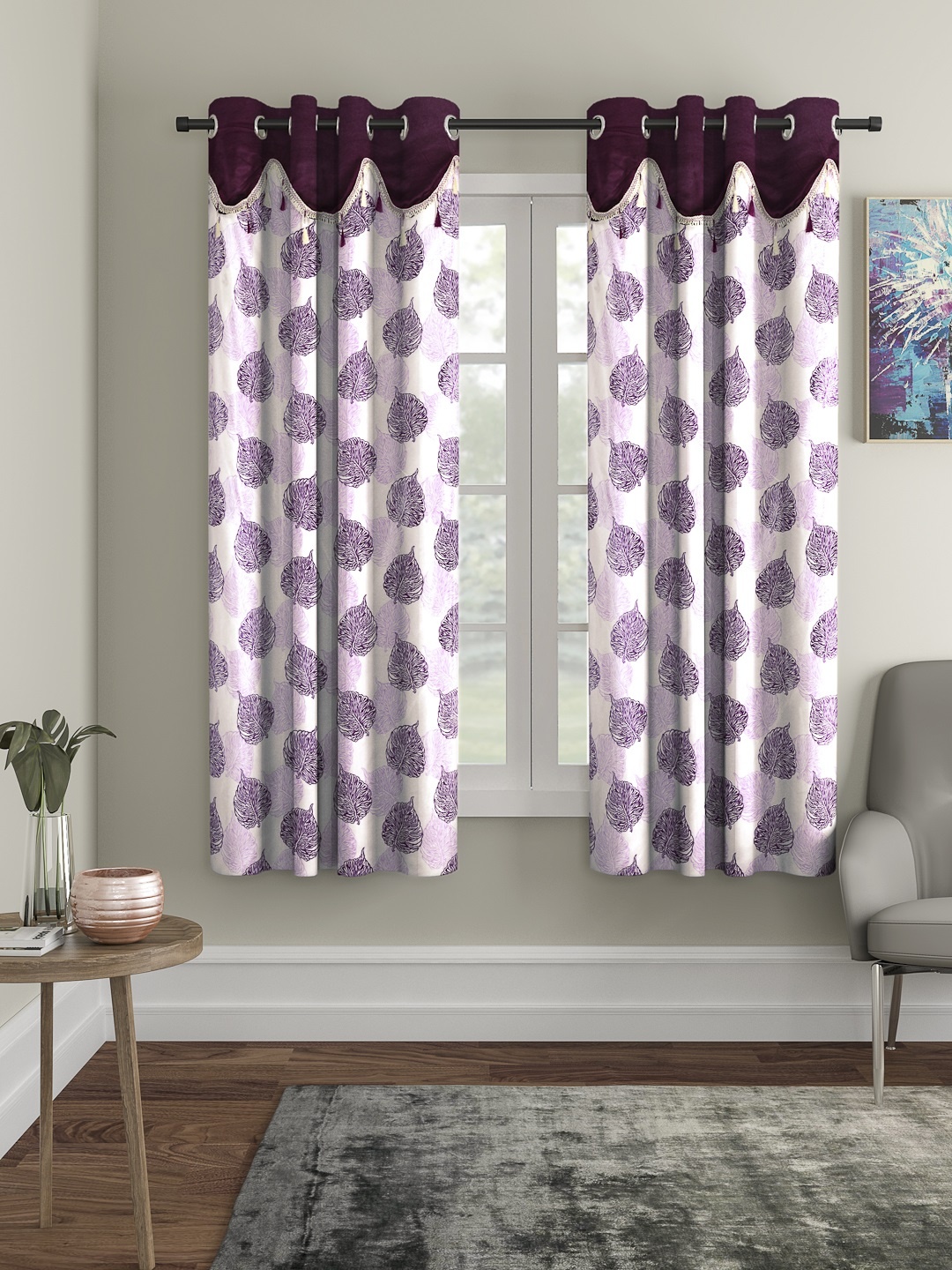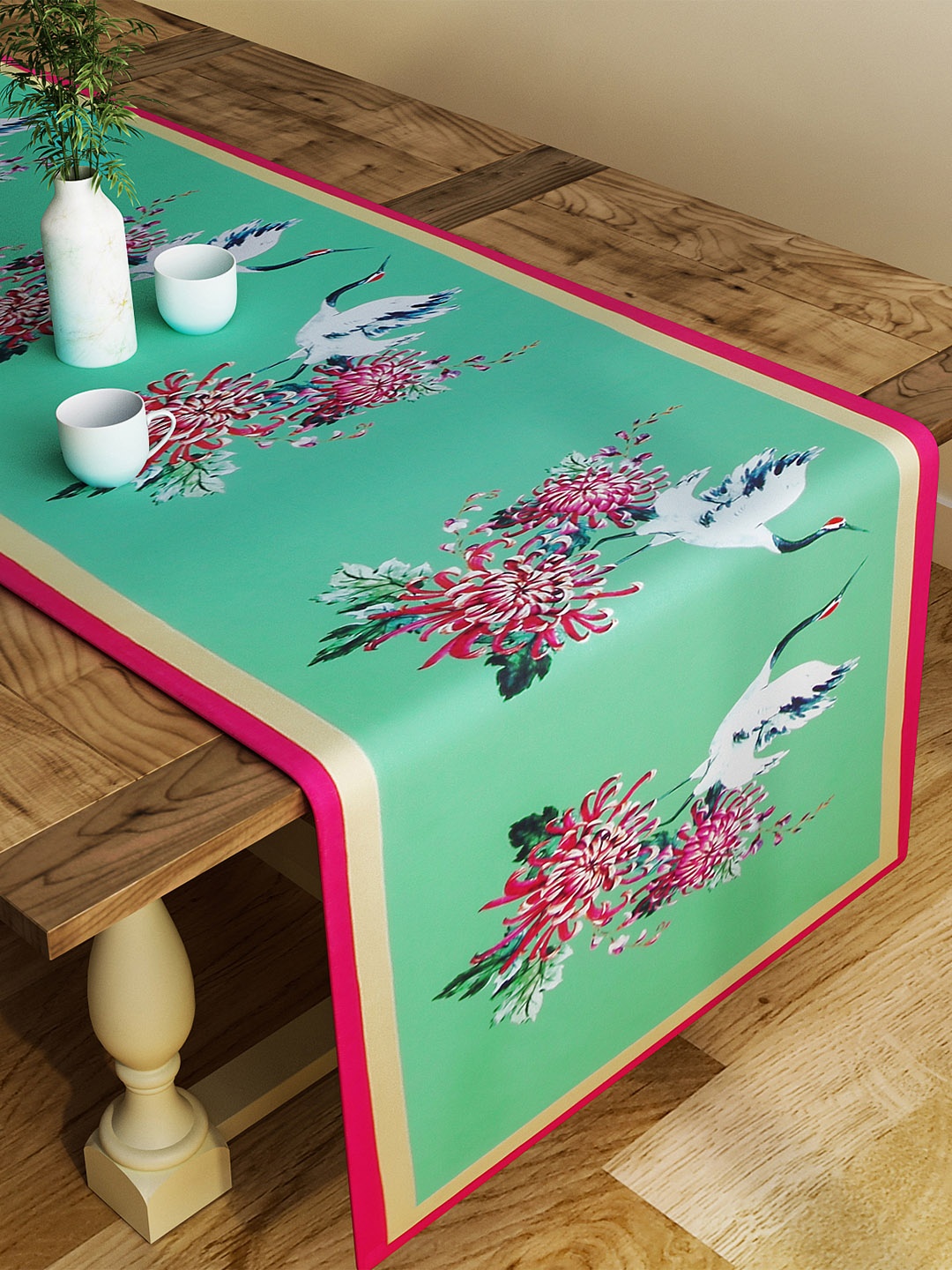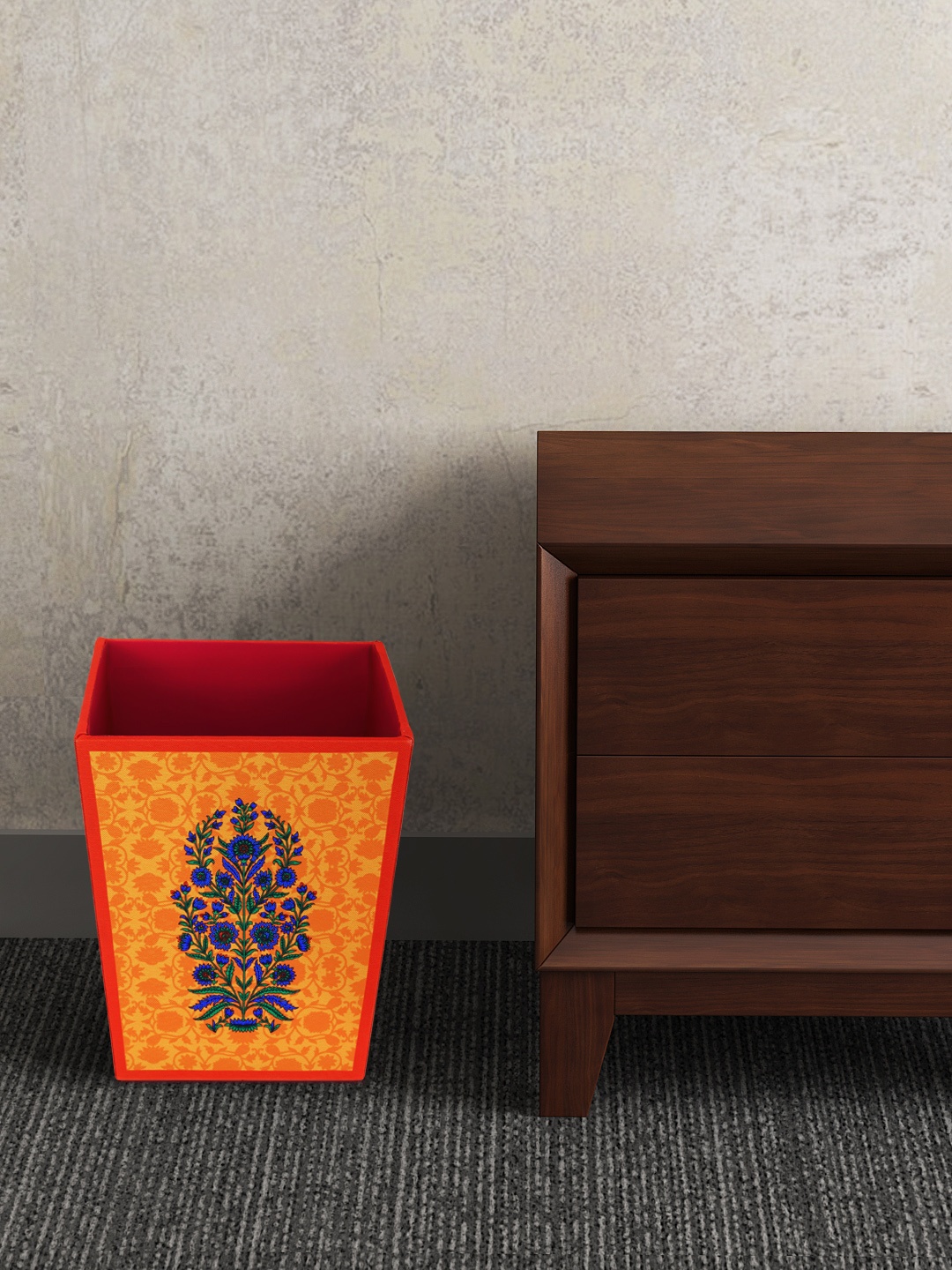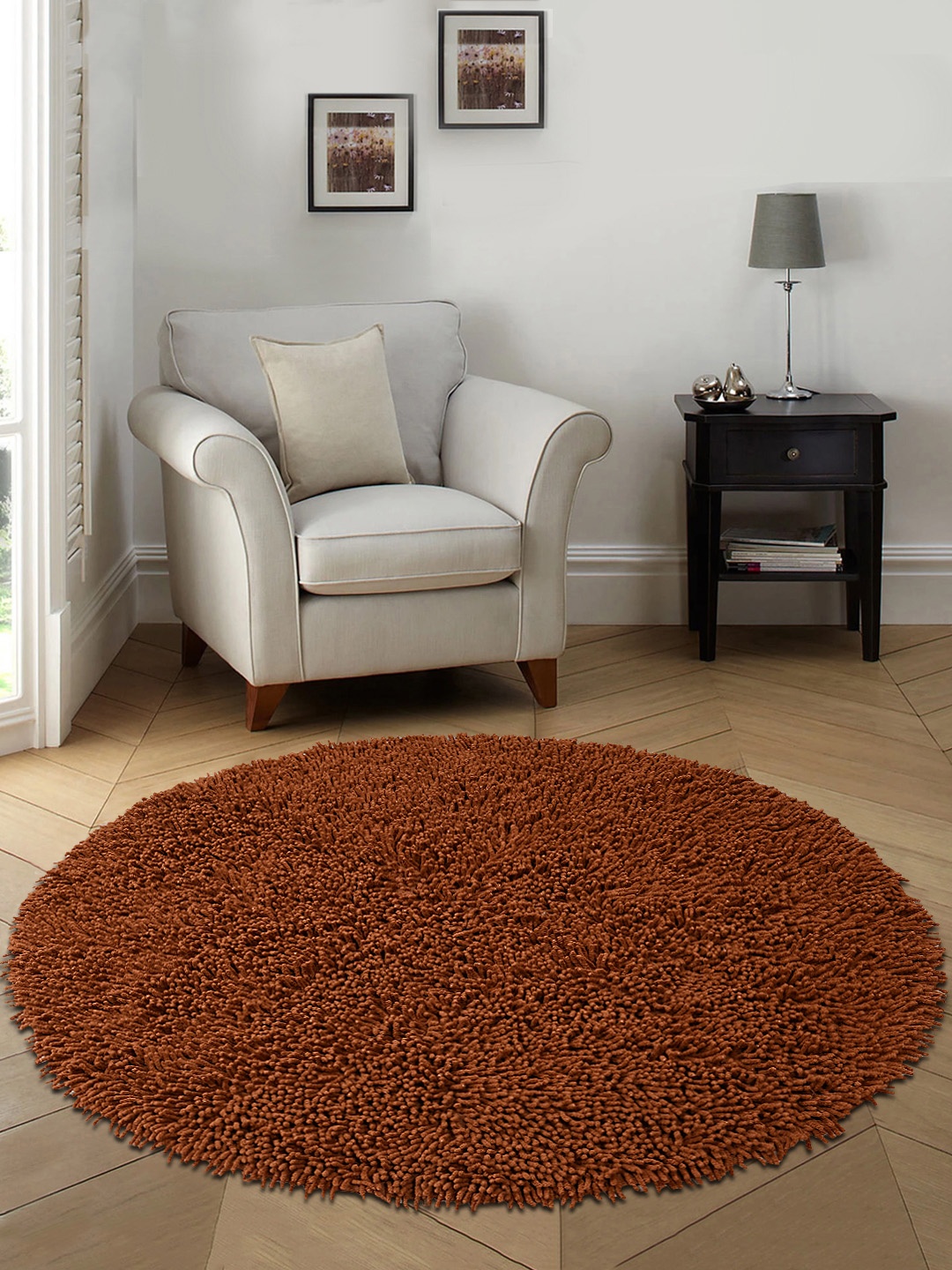Steam Mop Vs Regular Mop: Uncovering The Best Tool For Your Home
Steam Mop vs Traditional Mop: Struggling to choose between a steam mop and a regular one? Let us uncover which mop suits your lifestyle. From cleaning stubborn curry stains to tackling daily dust, this guide narrates a showdown between old-school and modern mopping.

Steam Mop Vs Regular Mop: Uncovering The Best Tool For Your Home.
Every home tells a story, and somewhere between the kitchen tiles and living room corners, that story involves mopping. Whether it's the splash of yesterday's dal or the mysterious footprints that appear after every dust storm, keeping the floor spotless is no small feat. So, to help you do that, we do a steam mop vs traditional mop comparison and list the pros and cons as well as which one you should buy,

Steam Mop vs Traditional Mop: No batteries, no beeps: just a good old mop and a better clean; Photo Credit: pexels
For generations, the regular mop has been the unsung hero in households, quietly swishing through sticky messes and sweaty footprints. But in recent years, the steam mop has made a sizzling entrance, promising efficiency, hygiene, and a spa-like cleanse for your floors.
So, in the steam mop vs traditional mop comparison, which one actually delivers? Is the sleek, tech-savvy steam mop truly worth the buzz, or is the trusty regular mop still the best bet for your ₹500? Let's get into this head-to-head battle and uncover the best tool for your home.
1. Cleaning Power: Does One Outshine The Other?
Cleaning floors in our homes is a full-blown workout. From post-party spills to the mysterious ‘who-brought-this-mud' trail, mopping isn't just about cleanliness; it's about survival.
Regular mops rely on physical effort and a good detergent. They get the job done but often demand a bucket, elbow grease, and a willingness to battle stubborn grime. In contrast, steam mops harness high-temperature steam to loosen dirt, kill bacteria, and wipe away messes without the need for extra chemicals.
Steam mops are especially handy for sticky stains, think dried-up gravy or spilled tea. With the power of steam, these stains lift with minimal scrubbing. That said, regular mops allow more control over pressure and reach into nooks better, great for uneven surfaces or intricate tile work.
Verdict? If hygiene and time-saving are your priorities, steam mops score big. But for flexibility and deep corner-cleaning, the classic mop still holds its ground.
2. Ease of Use: Who Wins in Daily Hustle?
Between running errands and catching the latest episode of your favourite serial, no one wants to wrestle with cleaning tools. Ease of use can make or break your cleaning routine.
Regular mops are low-maintenance: dunk, wring, and swipe. No need to plug anything in, no fuss over distilled water, and certainly no waiting for anything to heat. But let's not romanticise them too much, wringing a wet mop is a soggy ordeal that no one truly enjoys.
Steam mops, though more advanced, can be surprisingly easy once you get the hang of them. Fill the tank, switch it on, and in about 30 seconds, you're good to go. There's no dragging of buckets or constant rinsing. However, handling a corded machine and ensuring the floor type can handle heat might need a learning curve.
So, while regular mops win for simplicity, steam mops edge ahead for convenience, especially if you're tired of bending and squeezing like it's a gym class.
3. Hygiene: The Battle Against Germs
Mopping isn't just about making the house look clean; it's about making it feel clean. With kids crawling around or the family pooch traipsing through every room, hygiene becomes non-negotiable.
Regular mops clean visibly but often spread bacteria if not disinfected properly. Many households unknowingly reuse the same mop head for days, sometimes even weeks, turning it into a germ-delivery service. Yikes.
Steam mops, on the other hand, are a hygienist's dream. By heating water above 100°C, they sanitise as they clean, no chemicals required. It's a game-changer for households with babies or anyone prone to allergies. Plus, there's no lingering scent of phenyl or bleach. Just crisp, clean floors.
The steam mop steals the hygiene crown here, no doubt. But make sure your floor type can handle heat, especially wooden or laminate ones. You don't want your fancy parquet warping after a steamy session.
Also Read: These Cleaning Gadgets Under ₹700 Made Our Monsoon Routine Less Miserable
4. Affordability: Budget Talk in ₹
Let's cut to the chase, price matters. Whether you're a newly married couple setting up your first flat or a joint family managing monthly expenses, every ₹ counts.
Regular mops are incredibly budget-friendly. You can grab a decent set for ₹200 to ₹600, complete with a bucket and wringer. Maintenance is minimal, and replacements are cheap.
Steam mops, however, start at ₹2,000 and can go up to ₹10,000 or more for premium models. They also demand distilled water and, occasionally, replacement pads. But they might save you on floor cleaners and, more importantly, time.
If your cleaning budget is tight or you prefer simplicity, regular mops are a safe bet. But if you see it as an investment in hygiene and convenience, steam mops are worth the splurge.
5. Water Usage: Who's More Eco-Friendly?
In a country where water tanks run dry every summer, water usage matters more than ever. Regular mops, though traditional, can be water guzzlers. Think of the half-bucket you fill for just one room, and then another round for the rest.
Steam mops are surprisingly efficient. A small tank, about 300 to 500 ml, can clean multiple rooms without refilling. The steam gets distributed evenly, using far less water than you'd expect.
So, for the eco-conscious or those dealing with water shortages, steam mops are a clear winner. Less water, same sparkle, and no buckets to lug around.
6. Maintenance and Longevity
Every tool comes with upkeep, and the choice often depends on how much effort you're willing to put into keeping it running.
With regular mops, it's all about washing the mop head and airing it out. Leave it damp and it turns into a science experiment. Replacement heads are cheap and easily available in local markets.
Steam mops require a bit more care. The water tank needs occasional descaling (especially in areas with hard water), and pads should be washed or replaced regularly. And of course, it's an electric device, so treating it gently is a must.
If you're someone who forgets to clean until the mop smells like last week's fish curry, regular mops are more forgiving. But if you're organised and enjoy the idea of a sleek gadget in your cleaning arsenal, steam mops are manageable.

Steam Mop vs Traditional Mop: Mopping that feels like home; Photo Credit: pexels
7. Floor Compatibility: Will It Suit Your Space?
Floors across homes vary, granite in the kitchen, marble in the living room, and maybe wooden flooring in the bedroom. The type of mop you choose should match your flooring, or you'll do more harm than good.
Regular mops are versatile. Whether it's rough kota stone or smooth ceramic tiles, they glide (and sometimes drag) across all surfaces without complaint.
Steam mops work best on sealed, flat surfaces like tiles, marble, and linoleum. Wooden or laminate floors? They might swell or warp with heat unless explicitly marked steam-safe. A small mistake here could mean hefty repair bills.
So, if your home has varied flooring, the regular mop gives you flexibility. Steam mops, though powerful, require you to be a little more floor-savvy.
8. Time and Effort: The Real Cost of Cleaning
After a long day juggling work, traffic, and the chaos of everyday life, the last thing anyone wants is to spend an hour mopping.
Regular mops take longer. Rinsing, wringing, changing water, it all adds up. Add the actual mopping and post-cleaning cleanup, and it's nearly a full-blown task.
Steam mops are a time-saver. No bucket refills, minimal drying time (thanks to the hot steam), and a quicker swipe across the floor. You finish faster and with less backache.
So, if your daily routine is packed, and you need to clean in under 20 minutes, steam mops are your new best friend. But if you're in no rush or cleaning is your cardio, regular mops still hold value.
9. Environmental Impact: Cleaning With a Conscience
With growing awareness about environmental impact, even household chores are under the spotlight. How green is your mop?
Regular mops use more water and often rely on chemical cleaners, which can be harsh on both health and nature. The frequent use of phenyls and detergents contributes to chemical runoff into the environment.
Steam mops use only water, no added chemicals needed. And with less water used overall, they offer a more sustainable option. Plus, reusable microfibre pads reduce disposable waste.
If you're trying to reduce your footprint, literally and figuratively, a steam mop is the greener pick. But remember, it's still an electrical device, so energy usage counts too.
10. The Emotional Angle: Familiarity vs Modern Comfort
There's something oddly satisfying about the rhythmic swish of a regular mop. It's familiar, almost nostalgic. Many grew up watching someone in the family mop early mornings, a scene often accompanied by FM radio or the smell of fresh filter coffee.
Steam mops, by contrast, feel futuristic. They're efficient, modern, and almost… clinical. They appeal to the new-age cleaner, someone who values time and tech over tradition.
But at the heart of it, both tools serve the same purpose, keeping your space clean, comfortable, and welcoming. Whether it's the classic mop or the hissing steam wand, it's about choosing what fits your lifestyle best.

One swipe closer to spotless, mopping made easy, messes gone in minutes; Photo Credit: pexels
Products Related To This Article
1. AGARO Regency Electric Spin Mop for Floor Cleaning
2. ATVEL F40 Steam 3-in-1 Corded Wet Dry Vacuum Cleaner & Steam Mop
3. Lifelong Portable Steam Cleaner for Home 1500W
4. JAYTOP Moppers for Cleaning Floor with Wiper
5. BLACK+DECKER FSMH13E5-QS 1300-Watt 5-in-1 Steam Mop with 99.9% germ protection
6. JAYTOP Moppers for Cleaning Floor
7. NexLev Steam Mop | Chemical Free Mopping
So, steam mop or regular mop, who wins? Well, it depends on your home, habits, and how you define “clean.” If you're after a no-fuss, affordable tool that gets the job done, the regular mop is still a household staple. But if hygiene, time-saving, and modern convenience top your list, the steam mop is well worth the investment.
In the end, it's less about the mop and more about making home feel fresh and loved, one swipe at a time.
Disclaimer: The images used in this article are for illustration purpose only. They may not be an exact representation of the products, categories and brands listed in this article.


















![Steam Iron Teflon Shoe Cover for ES-300,ST-96 [Only For ES-300 and ST-96 Model Electric Steam Irons]](https://m.media-amazon.com/images/I/51wwkttondL._SL160_.jpg)






